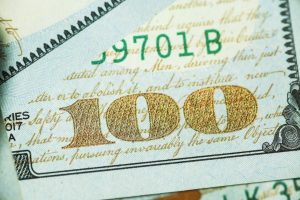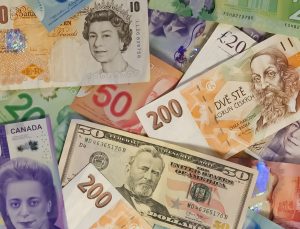Forex trading is the process of buying and selling currencies from around the world. It is a highly dynamic and fast-paced market, where the prices of currencies fluctuate constantly. To navigate this market, it is essential to understand the various terms and concepts used in forex trading. In this article, we will explore some of the key terms used in forex trading.
1. Pips: A pip is the smallest unit of measurement for currency price movements. It represents the fourth decimal place in most currency pairs. For example, if the EUR/USD pair moves from 1.1100 to 1.1101, that is a one pip movement.
2. Spread: The spread is the difference between the buying and selling price of a currency pair. It represents the cost of trading and is usually measured in pips. Brokers make their profits from the spread, so it is important to choose a broker with a competitive spread.
3. Margin: Margin is the amount of money required to open and maintain a position in forex trading. It is a form of collateral that traders must put up to cover any potential losses. The margin requirement varies between brokers and currency pairs, but typically ranges from 1-3% of the total value of the trade.
4. Leverage: Leverage allows traders to control larger positions with a smaller amount of capital. It is a loan provided by the broker that amplifies the potential profits and losses of a trade. For example, a leverage of 1:100 means that for every $1 of capital, a trader can control $100 of currency.
5. Stop Loss: A stop loss is a predetermined point at which a trader will exit a trade to limit their losses. It is a risk management tool that helps traders protect their capital and avoid large losses.
6. Take Profit: Take profit is a predetermined point at which a trader will exit a trade to lock in their profits. It is a risk management tool that helps traders maximize their gains and avoid losing profits due to market fluctuations.
7. Long and Short Positions: In forex trading, a long position is when a trader buys a currency with the expectation that its value will increase. A short position is when a trader sells a currency with the expectation that its value will decrease.
8. Currency Pairs: Forex trading involves the buying and selling of currency pairs. Each currency pair consists of a base currency and a quote currency. For example, in the EUR/USD pair, the euro is the base currency, and the US dollar is the quote currency.
9. Liquidity: Liquidity refers to the ease with which a currency can be bought or sold without affecting its price. Major currency pairs such as EUR/USD and USD/JPY are highly liquid, while exotic currency pairs are less liquid and more volatile.
10. Volatility: Volatility is the degree of price fluctuations in a currency pair. Highly volatile currency pairs can provide opportunities for large profits, but they also carry higher risks.
In conclusion, forex trading involves a wide range of terms and concepts that can be confusing for beginners. Understanding these terms is essential for successful trading and risk management. By familiarizing yourself with these terms and practicing on a demo account, you can gain the knowledge and experience needed to navigate the forex market with confidence.





